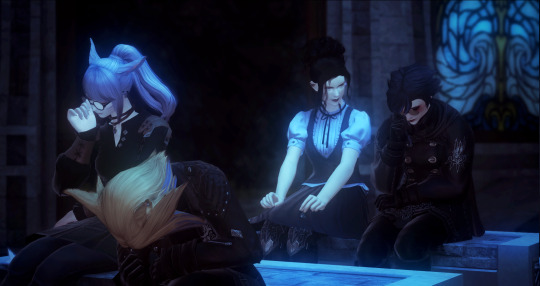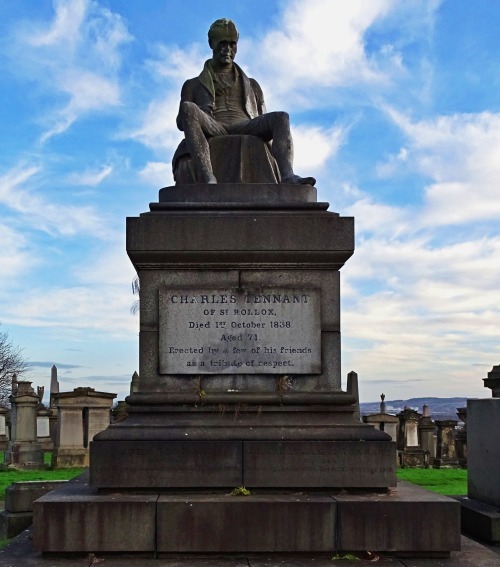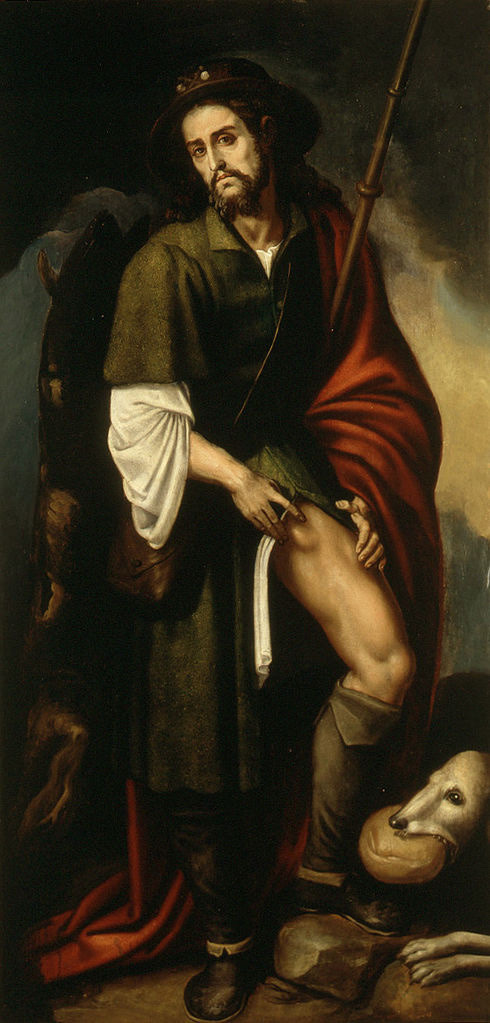#rollox
Explore tagged Tumblr posts
Text




"You'll look into it for me, won't you?" "O-of course, Miss Calypso!" "I cannot thank you enough. Let us keep this just between the two of us- no one else needs to know."
Rollox: @yloiseconeillants
Calypso well understands the value of knowing one's enemy, and who better to find the secrets of a priest than another priest? Rollox's crush on her is just a weakness to exploit in her mission of revenge against the man she blames for her sister's death
#She invites him somewhere under a pretense and once she's confident they won't be spied upon#is like “I need you to tell me everything you can about this specific priest-”#calypso nightshade#rollox#doomed lightning shard#ffxiv gpose
31 notes
·
View notes
Text
ALREADY POSTING THE EXTRA SHOTS HERE (i had so much fun setting this up lmao)







rollox beloved having the best day of his entire priesthood somehow
FEBHYURARY 2024 :: Day 2 - Faith





There are some who claim this plague was sent by the gods to punish the wicked and preserve the righteous - but the gods are merciful and reward repentance and surety of faith. Continue to trust in them, and you too shall reap the reward of life everlasting.
(calypso belongs to @abyssalmermaiden; haughty priest elf belongs to @hermits-hovel; anime goth bishounen fake priest emet-selch is our collective oc don't worry about it)
36 notes
·
View notes
Video
British Railways (ex LMS) 0-6-0 loco No. 44197 by Frederick McLean Via Flickr: An old amateur photograph of locomotive No. 44197, I think in the sidings at Skipton as that is the shed it was allocated to. The photo is stuck in a old rail enthusiast album, unfortunately there is no date or photographer name, but they do appear to date from 1950s/60s. This was a H. Fowler designed class 4F, 0-6-0 engine, built at the St. Rollox Works in Glasgow and new to the London, Midland & Scottish Railway (LMS) in Oct 1925, carrying No. 4197. In 1948 the railways were nationalised, becoming British Railways (BR), engine No. 4197 became No. 44197. The locomotive was withdrawn from service by BR in Sep 1964, then scrapped in January of the following year by Cohens of Cargo Fleet. If there are any errors in the above description please let me know. Thanks. 📷 Any photograph I post on Flickr is an original in my possession, nothing is ever copied/downloaded from another location. 📷 -------------------------------------------------
#H Fowler#class 4F#St. Rollox Works#0-6-0#4197#44197#London#Midland and Scottish Railway#LMS#BR#British Railways#British Rail#locomotive#old locomotive#steam locomotive#steam loco#vintage steam loco#steam engine#steam train#old photograph#old transport#vintage transport#vintage photograph#flickr
0 notes
Text



May 3rd 1768 saw the birth of Charles Tennant who became a chemist and an industrialist.
Tennant was born at Laigh Corton, Alloway, Ayrshire to John Tennant and his second wife Margaret McClure. Tennant’s family had farmed there for generations - and had been friends of the local poet Robert Burns. They moved to Glenconner, Ochiltree, Ayrshire, shortly after his birth and Charles attended Ochiltree parish school. After leaving school, he was apprenticed as a weaver.
In his work he saw that the weaving industry was being constrained by the method used to bleach cloth which involved crude chemicals and long exposure to sunlight for many months. He started his own bleaching fields in Ayrshire and looked at the methods used for bleaching. There had already been progress (times had been reduced from 18 months to four) but in 1799 Tennant (in partnership with Charles Macintosh who is best known for his technique of macintosh waterproofing clothing) patented a new method to create a dry bleaching powder that could be used indoors. He built a factory at St Rollox in Glasgow and demand for his bleaching powder soared. By the 1830s and 1840s it was the largest chemical plant in the world, with over 1,000 workers.
Later, he was to become a social reformer, helping to create one of the most productive periods of social progress and reform in Scotland’s history. His works needed large quantities of coal and as he was a good friend George Stephenson, the great railway engineer, Tennant was one of the prime movers in railway expansion. He was mainly responsible for getting a railway into Glasgow. The chemical business founded by Tennant eventually merged with others in 1926 to form the chemical giant Imperial Chemical Industries, that’s ICI, in case you were wondering!
As well as a social reformer they say that he was sharply aware of the atmospheric pollution his works were creating and so he ordered the building of the worlds highest chimney - 450 feet high - in an attempt to lose his fumes into the upper atmosphere. Tennant’s Stack was a Glasgow Landmark well into the twentieth century. Of course pumping it into the atmosphere was doing as much damage up there as it was in Glasgow. I call into question his credentials in this respect as over the decades the St Rollox works has been one of the cities worst eyesores. Chemical waste was dumped in the Sighthill area causing a deadly spread of contaminants through the soil, which local people called the Stinking Ocean. Many of his workers suffered perforated septums and blindness due to continued exposure to toxic chemicals and were colloquially known as ‘Tennant’s White Mice’.
Charles Tennant died suddenly at his home in Abercrombie Place, Glasgow in 1838 aged 71.
Pics are of Tennant, his St. Rollox Chemical Works in 1831 and his grave on the Necropolis.
11 notes
·
View notes
Link
PALMDALE, CA (June 14, 2023) – The Los Angeles County Coroner’s Office identified Shomari Rollox who died in a pedestrian accident on Avenue N on June 6
0 notes
Text
By the way this guy is also known as Saint Rollox, and if you're in Glasgow you'll find a whole bunch of places still named after him, though I can't for the life of me find out why.
prayer to whichever dead catholic person is most appropriate: may I not have to run a whole week of surprise camps on crutches. in a knee brace.
86K notes
·
View notes
Audio
So they say you're troubled, boy Just because you like to destroy All the things that bring the idiots joy Well, what's wrong with a little destruction? And the Kunst won't talk to you 'Cause you kissed St Rollox adieu 'Cause you robbed a supermarket or two Well, who gives a damn about the prophets of Tesco?
Did I see you in a limousine? Fling out the fish and the unleavened? Turn the rich into wine as you walk on the mean?
original midi at https://freemidi.org/getter-26475
70 notes
·
View notes
Video
Caley 'Jumbo' no. 828 heads away from Arley por Graham Por Flickr: She was built by the Caledonian Railway in 1899 at their St Rollox Works, Glasgow Severn Valley Railway - Autumn Steam Gala 2011
15 notes
·
View notes
Text
And the Kunst won't talk to you
'Cause you kissed St. Rollox Adieu
'Cause you robbed a supermarket or two
Well, who gives a damn about the profits of Tesco?
4 notes
·
View notes
Video
India Railways - North Western Railway steam locomotive boiler on Caledonian Railway four-wheel wagon Nr. 6526 - Dübs siding (Glasgow) by Historical Railway Images Via Flickr: The Caledonian Railway wagon has a wooden construction and block buffers, with a and single brake block. It was one of ten built by the Caledonian Railway to St. Rollox Works diagram number 19 in 1884
1 note
·
View note
Note
☮ - friendship headcanon for Calypso!
Calypso doesn't make friends. She can appear friendly when she wants to, while still keeping everyone at a distance. But there are people she could have been friends with under different circumstances! She enjoys Allen's (@hermits-hovel ) company at times, and finds Luckless (@tallbluelady) interesting and perplexing.

also pictured: Rollox (@yloiseconeillants ) and Gallis (@azure-dragonsinger ) Useful tools- through manipulation and threats respectively
headcanon meme
#thank you!!!!#headcanon meme#ask answered#screenshot is from us hanging out on the cloud test data server#doomed lightning shard#calypso nightshade#allen ravencroft#luckless#rollox#gallis
8 notes
·
View notes
Text
Ammad Awan Glasgow
You may be stunned to realize that there are really an expansive scope of occupations accessible in the city, with the enrollment standpoint in many enterprises showing signs of improvement consistently. Finding the correct job is simply a question of realizing where to look and what to look like. Get more information please Ammad Awan.
So what kind of employment parts are there in Glasgow? There are heaps of IT Jobs so on the off chance that you have abilities here, at that point you ought to be fine. It is likewise a vocation job that can be utilized all through various ventures. There are additionally a considerable measure of Media Jobs in Glasgow. This is a direct result of the urban areas joins with the broadcast business.
Regardless of whether you're keen on driving to the city or living in Glasgow, you'll have your decision of some extraordinary living plans in and around the city. Finding an energizing job that is inside sensible driving separation to your decision living neighborhood is best accomplished through work board that will permit you to limit employment opportunities as indicated by their area inside the city. There are a couple of explicit areas in Glasgow that have a decent scope of occupations. You should consider glancing in the modern and business parks. The nearest ones to the focal point of the city are Port Sundas Business Park and St Rollox business and retail park. Learn more About Ammad Awan.
One of the most beneficial approaches to augment your pursuit of employment is to utilize truly outstanding of Scotland's activity sheets. The correct activity load up will permit you to capitalize on your time and will assist you with finding the correct situation for you in a moderately short time span.
Glasgow is a powerful city with a wide scope of occupations accessible in practically every industry possible. Truth be told, every day work reports on the city's top quest for new employment sites will remember occupations for the expert, managerial and exchange segments. Ammad Awan United Kingdom.
Having the option to scan for occupations in Glasgow as per industry, segment, and area is the thing that you truly need from an incredible employment board. Having the option to limit work presenting results agreeing on the spot inside the city and as indicated by instruction, experience and other basic necessities lets you spare time and makes your pursuit of employment progressively profitable.
1 note
·
View note
Video
Inside Burton locomotive depot - c1964 by Frederick McLean Via Flickr: A photograph inside of British Railways (BR) Burton traction maintenance depot (17B?) showing part of the turntable, with two steam, and one diesel-electric locomotive in view. The steam numbers are hard to make out but I think they are, from left to right, Nos. 47643, 47250, and diesel-electric D5149. The photo is stuck in a old rail enthusiast album, unfortunately there is no date or photographer name, but they do appear to date from early/mid 1960s. ---------------------------------- No. 47643 was a H. Fowler designed class 3F, 0-6-0T engine, built by Beardmore, in Dalmuir, Glasgow and new to the London, Midland & Scottish Railway (LMS) in Jan 1929, carrying No. 16726, being renumbered to 7643 in 1934. In 1948 the railways were nationalised, becoming British Railways (BR), engine No. 7643 became No. 47643. The locomotive was withdrawn from service by BR in Oct 1966, then scrapped in June of the following year at 'Cashmore's Great Bridge' scrapyard. ---------------------------------- No. 47250 was a S. Johnson designed class 2441, 0-6-0T engine, built by the Vulcan Foundry and new to the Midland Railway (after grouping the London, Midland & Scottish Railway) in Jun 1902, carrying No. 2771, being renumbered to 1950 in 1907, then 7250 in 1934. In 1948 the railways were nationalised, becoming British Railways (BR), engine No. 7250 became No. 47250. The locomotive was withdrawn from service by BR in Jun 1965, then scrapped in the December. ---------------------------------- No. D5149 was a class 24, Bo-Bo wheeled diesel-electric locomotive, built by the Derby Works and new to BR in Feb 1961. It was withdrawn from service in Oct 1972, and in April of the following year was broken up at the Locomotive Works in St Rollox, Glasgow. ---------------------------------- If there are any errors in the above description please let me know. I know very little about locomotives! Thanks. 📷 Any photograph I post on Flickr is an original in my possession, nothing is ever copied/downloaded from another location. 📷 -------------------------------------------------
#Burton railway shed#Burton engine shed#Burton locomotive shed#engine shed#Burton upon Trent#Burton TMD#British Railways#British Rail#steam engine#steam locomotive#diesel electric#D5149#Class 24#Bo-Bo wheeled#Derby works#steam loco#old photograph#old transport#old locomotive#old steam engine#vintage transport#vintage photograph#locomotive#diesel electric locomotive#1960s#railway turntable#locomotive turntable#transport#transport history#transport photograph
0 notes
Text


May 3rd 1768 saw the birth of Charles Tennant who became a chemist and an industrialist.
Tennant was born at Laigh Corton, Alloway, Ayrshire to John Tennant and his second wife Margaret McClure. Tennant’s family had farmed there for generations - and had been friends of the local poet Robert Burns. They moved to Glenconner, Ochiltree, Ayrshire, shortly after his birth and Charles attended Ochiltree parish school. After leaving school, he was apprenticed as a weaver.
In his work he saw that the weaving industry was being constrained by the method used to bleach cloth which involved crude chemicals and long exposure to sunlight for many months. He started his own bleaching fields in Ayrshire and looked at the methods used for bleaching. There had already been progress (times had been reduced from 18 months to four) but in 1799 Tennant (in partnership with Charles Macintosh who is best known for his technique of macintosh waterproofing clothing) patented a new method to create a dry bleaching powder that could be used indoors. He built a factory at St Rollox in Glasgow and demand for his bleaching powder soared. By the 1830s and 1840s it was the largest chemical plant in the world, with over 1,000 workers.
Later, he was to become a social reformer, helping to create one of the most productive periods of social progress and reform in Scotland’s history. His works needed large quantities of coal and as he was a good friend George Stephenson, the great railway engineer, Tennant was one of the prime movers in railway expansion. He was mainly responsible for getting a railway into Glasgow. The chemical business founded by Tennant eventually merged with others in 1926 to form the chemical giant Imperial Chemical Industries, that’s ICI, in case you were wondering!
As well as a social reformer they say that he was sharply aware of the atmospheric pollution his works were creating and so he ordered the building of the worlds highest chimney - 450 feet high - in an attempt to lose his fumes into the upper atmosphere. Tennant’s Stack was a Glasgow Landmark well into the twentieth century. Of course pumping it into the atmosphere was doing as much damage up there as it was in Glasgow. I call into question his credentials in this respect as over the decades the St Rollox works has been one of the cities worst eyesores. Chemical waste was dumped in the Sighthill area causing a deadly spread of contaminants through the soil, which local people called the Stinking Ocean. Many of his workers suffered perforated septums and blindness due to continued exposure to toxic chemicals and were colloquially known as ‘Tennant’s White Mice’.
Charles Tennant died suddenly at his home in Abercrombie Place, Glasgow in 1838 aged 71.
Pics are of Tennant, and his grave on the Necropolis.
7 notes
·
View notes
Photo
Saint Roch (Rocco, Rock, or Rollox), São Roque, Sant Roc, San Roque

The Patron Saint of bachelors, dogs, falsely accused people, invalids (defined as someone not well, in ill health/sickly, unable to work, is weak/feeble/infirm), surgeons, and more.










;will graham, the patron saint of all strays —
#saint roch#will graham#tw: religious themes#i’m just going to leave this here#winston speaks#winston is a smart puppy#parallels#yo the fact that there is actually this patron saint is a bit cool?
13K notes
·
View notes
Link
PALMDALE, CA (June 14, 2023) – The Los Angeles County Coroner’s Office identified Shomari Rollox who died in a pedestrian accident on Avenue N on June 6
0 notes

